From Silent Frames to Immersive Worlds
Origins of Motion Pictures – The Birth of a New Art Form
Cinema began not as entertainment, but as a technological curiosity. In the late 19th century, inventors across Europe and America raced to capture motion on celluloid. The Lumière brothers in France and Thomas Edison in the United States were among the first to commercialize moving images, using devices like the Cinématographe and the Kinetoscope. These early films were brief—often under a minute—and silent, relying entirely on visual storytelling.
The silent era was a crucible of innovation. Directors like Georges Méliès introduced fantastical narratives and special effects, while others like D.W. Griffith pioneered continuity editing and cross-cutting to build suspense and emotional resonance. Without synchronized sound, filmmakers leaned heavily on exaggerated acting, intertitles, and musical accompaniment in theaters to convey mood and meaning.
By the 1920s, cinema had changed from curiosity into a changing global art form. German Expressionism, Soviet montage theory, and American slapstick comedy each contributed distinct visual languages. The arrival of synchronized sound in The Jazz Singer (1927) marked a seismic shift—ushering in the “talkies” and redefining audience expectations. Silent film stars struggled to adapt, and studios rapidly retooled their production methods to accommodate dialogue and sound design.
Cinema’s earliest decades laid the foundation for narrative structure, genre formation, and visual grammar. It was a time of experimentation, where the rules were still being written—and rewritten.
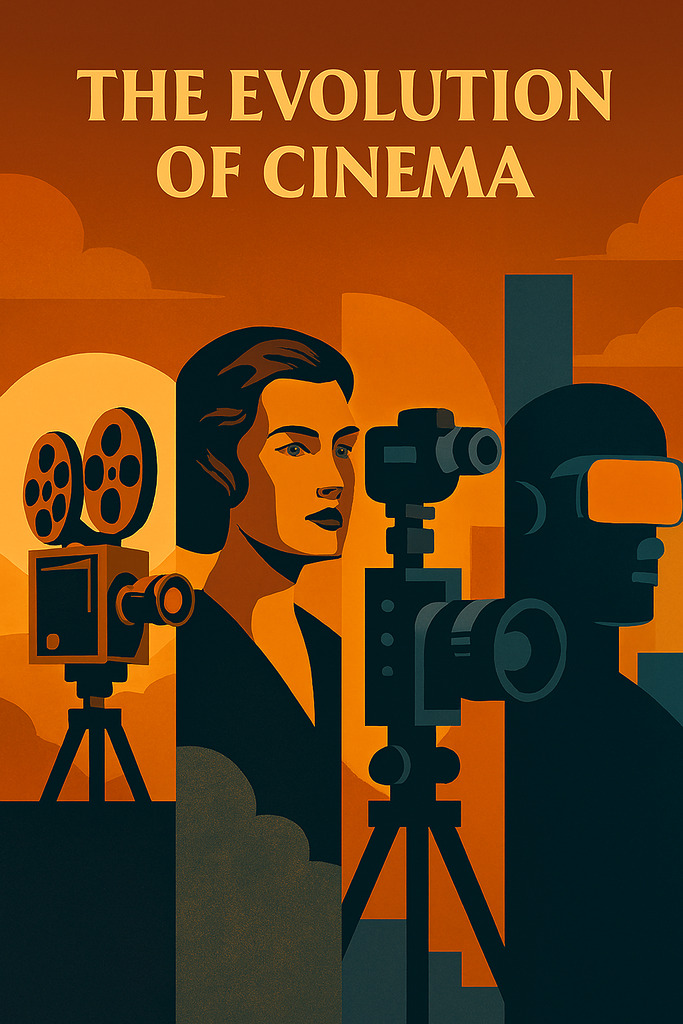
The Golden Age of Hollywood – Studio Systems and Spectacle
From the 1930s to the 1950s, Hollywood entered its most centralized and commercially dominant phase. The studio system controlled every aspect of filmmaking—from talent contracts to distribution channels. operated as vertically integrated empires, producing hundreds of films annually.
Genres became codified. Musicals dazzled with synchronized choreography and Technicolor vibrancy. Film noir explored moral ambiguity through shadowy cinematography and hard-boiled dialogue. Westerns mythologized frontier justice, while screwball comedies offered rapid-fire wit and romantic chaos.
Technological advancements were pivotal. The introduction of Technicolor in films like The Wizard of Oz (1939) and Gone with the Wind (1939) transformed visual storytelling. Widescreen formats such as CinemaScope and VistaVision expanded the cinematic canvas, allowing for more immersive landscapes and dynamic compositions.
Stars were manufactured and mythologized. The studio system cultivated personas—Clark Gable as the rugged romantic, Bette Davis as the fierce heroine, Marilyn Monroe as the tragic icon. These figures became cultural touchstones, shaping fashion, behavior, and public discourse.
Yet beneath the glamour, the system was rigid. Creative control was limited, and censorship through the Hays Code restricted thematic exploration. Independent voices struggled to break through, setting the stage for future revolutions in cinematic expression.
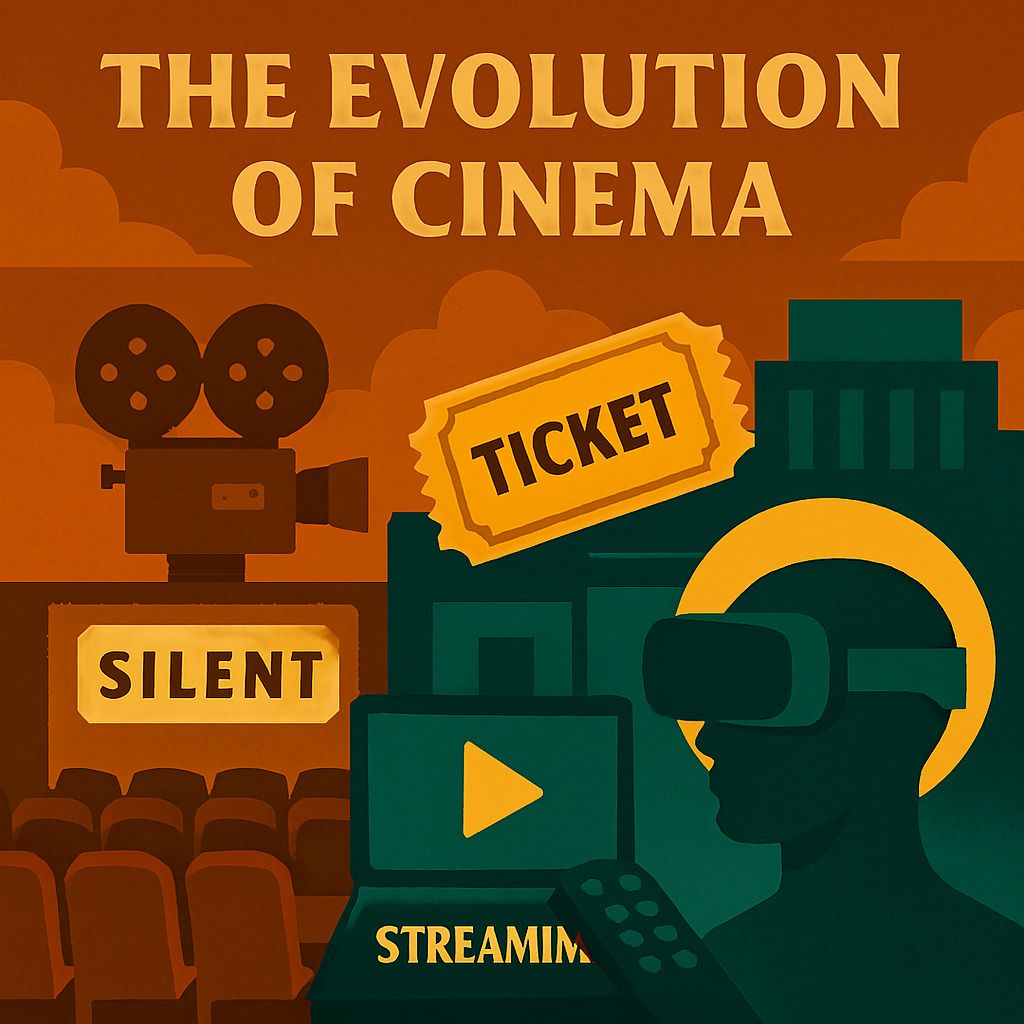
The Rise of Auteur Filmmaking – Vision Over Formula
The 1960s and 1970s saw a dramatic shift in cinematic philosophy. Globally, filmmakers began to reject formulaic storytelling and studio control, embracing personal vision and experimental techniques. This era was defined by the auteur—the director as the singular creative force behind a film.
In France, the Nouvelle Vague (New Wave) introduced handheld cameras, jump cuts, and fragmented narratives. Directors like Jean-Luc Godard and François Truffaut challenged conventional pacing and character development, favoring spontaneity and philosophical introspection.
In the United States, the collapse of the studio system gave rise to the New Hollywood movement. Directors like Martin Scorsese, Francis Ford Coppola, and Stanley Kubrick pushed boundaries with films that explored violence, alienation, and existential dread. Taxi Driver, Apocalypse Now, and 2001: A Space Odyssey were not just stories—they were cinematic meditations.
This period also saw the emergence of global auteurs—Satyajit Ray in India, Akira Kurosawa in Japan, and Ingmar Bergman in Sweden—whose films combined local cultural narratives with universal themes. Their work expanded the definition of cinema as a global, philosophical, and deeply personal medium.
The auteur era redefined what cinema could be. It prioritized artistic integrity over commercial appeal and laid the groundwork for independent filmmaking and festival circuits.
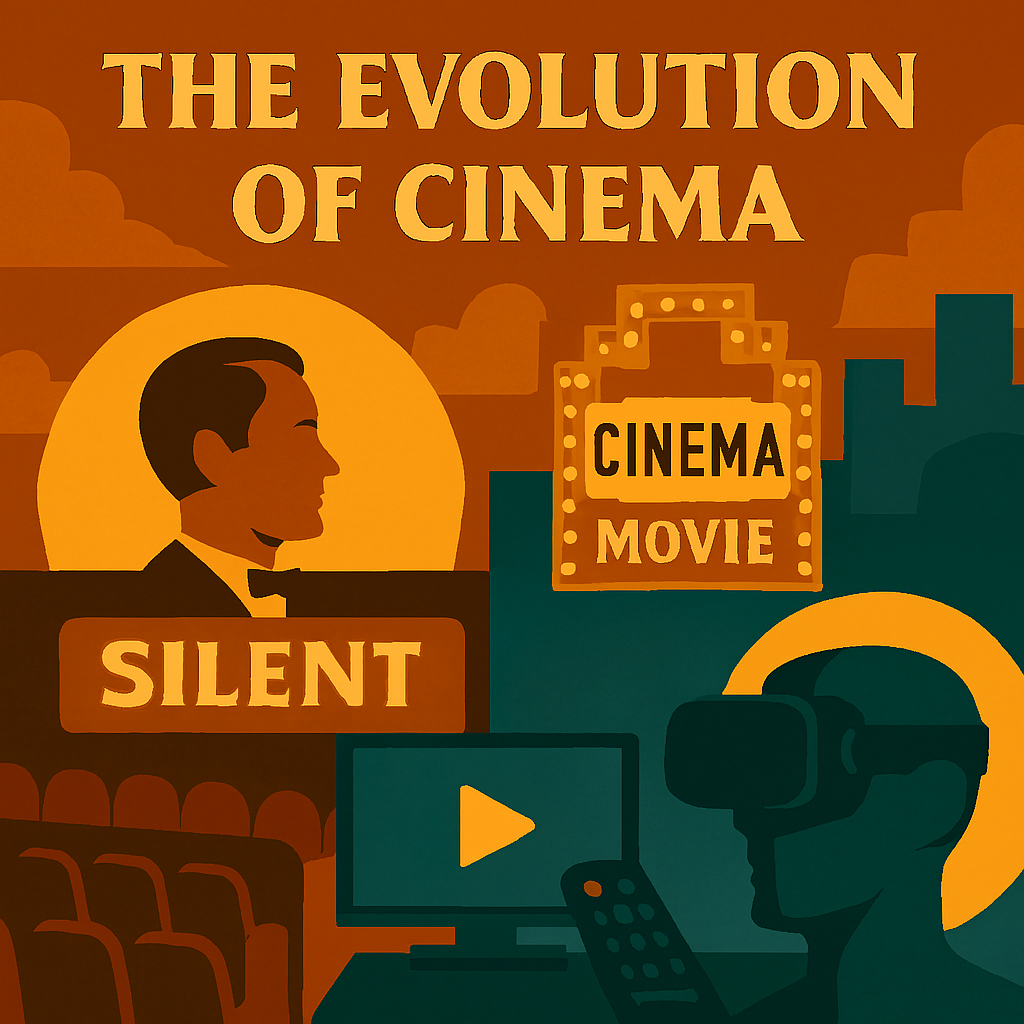
The Digital Revolution – Democratization and Disruption
The transition from analog to digital in the 1990s and 2000s fundamentally altered the filmmaking landscape. Digital cameras reduced production costs and increased accessibility, allowing independent filmmakers to compete with major studios. Editing software like Avid and Final Cut Pro replaced physical splicing, enabling faster and more precise post-production workflows.
Computer-generated imagery (CGI) became a dominant force. Films like Jurassic Park (1993) and The Matrix (1999) showcased the power of digital effects to create believable worlds and redefine genre boundaries. Motion capture technology allowed actors to inhabit digital avatars, as seen in The Lord of the Rings and Avatar.
Distribution was equally transformed. DVDs replaced VHS, and streaming platforms like Netflix, Hulu, and Amazon Prime disrupted traditional theatrical models. Audiences could now access vast libraries of content on demand, reshaping viewing habits and revenue structures.
Digital also enabled new forms of storytelling. Web series, interactive films, and transmedia narratives emerged, blurring the lines between cinema, television, and gaming. The barriers to entry lowered, but competition intensified—forcing creators to innovate not just in form, but in how they reached and retained audiences.
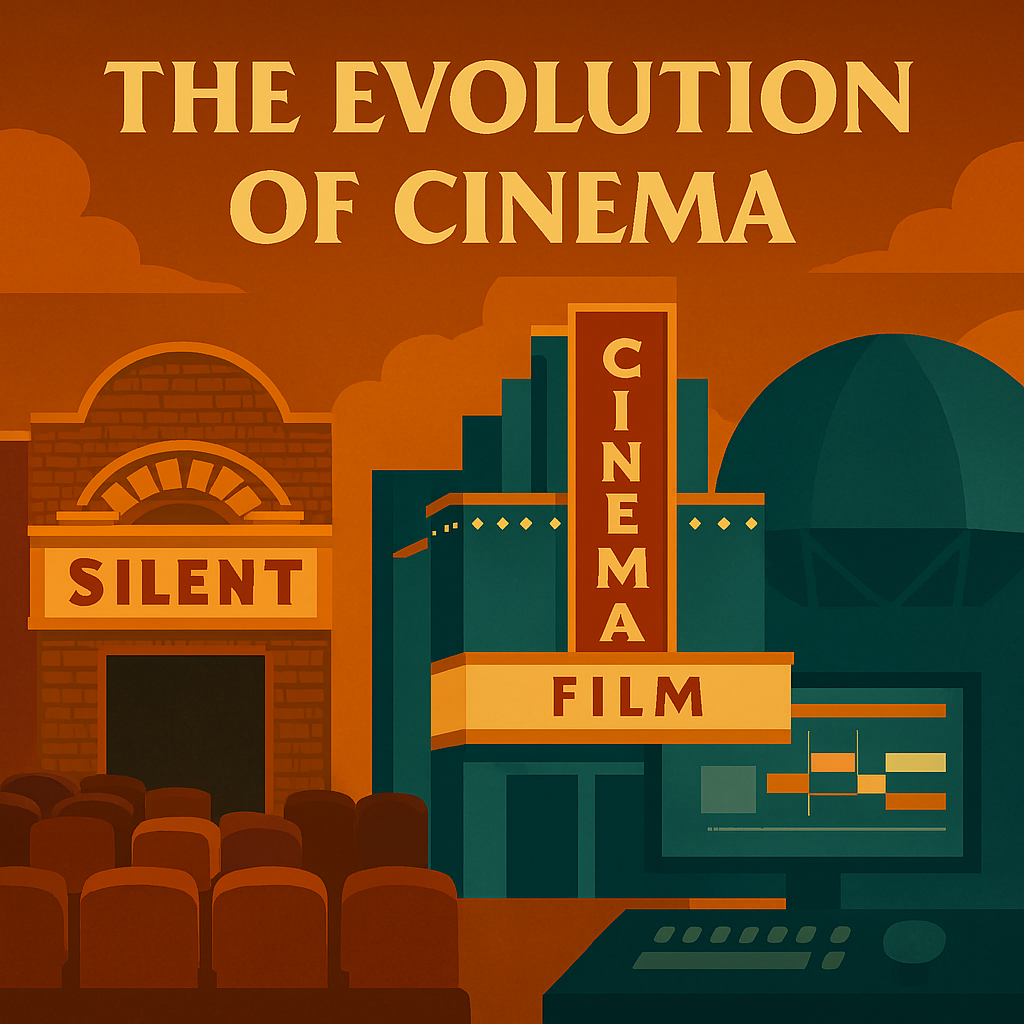
Immersive Media and Artificial Intelligence – Beyond the Frame
Cinema is now entering a phase of radical transformation driven by immersive technologies and artificial intelligence. Virtual reality (VR) and augmented reality (AR) offer new dimensions of storytelling, where viewers can explore environments and interact with characters in real time.
Volumetric capture allows for 3D recording of actors and spaces, enabling holographic performances and spatial narratives. AI tools assist in scriptwriting, editing, and even performance synthesis—raising questions about authorship and creative control.
Interactive films like Bandersnatch allow viewers to choose narrative paths, merging cinematic storytelling with game mechanics. This participatory model challenges traditional linearity and invites deeper emotional investment.
AI also enables hyper-personalized content. Algorithms analyze viewer preferences to recommend or even generate tailored narratives. While this offers efficiency, it also risks homogenization and ethical concerns around data use and creative authenticity.
Cinema is no longer confined to passive viewing. It is becoming a dynamic, adaptive experience—one that responds to the viewer and evolves with technology.
Globalization and Cultural Hybridity – Cinema Without Borders
As distribution becomes increasingly digital, cinema is shedding its national boundaries. Films from South Korea, Nigeria, Brazil, and Iran are reaching global audiences, reshaping cultural narratives and challenging Western dominance.
The success of Parasite (2019), RRR (2022), and Drive My Car (2021) illustrates a growing appetite for diverse storytelling. These films blend local traditions with universal themes—class struggle, identity, resilience—creating hybrid forms that resonate across cultures.
Streaming platforms play a key role in this shift. They invest in regional productions and offer subtitled or dubbed versions, making foreign-language films more accessible. This democratization of content fosters cross-cultural dialogue and expands the cinematic canon.
Globalization also influences aesthetics. Filmmakers borrow techniques, motifs, and genres across borders, creating fusion styles that defy categorization. The result is a richer, more pluralistic cinematic landscape—one that reflects the complexity of our interconnected world.
Sustainability and Ethical Production – Cinema’s Environmental Reckoning
As awareness of climate change grows, the film industry faces pressure to reduce its environmental footprint. Traditional production involves high energy use, material waste, and carbon emissions—from set construction to international travel.
Sustainable practices are emerging:
- Virtual production using LED volumes reduces location shoots and physical set builds.
- Carbon offset programs and green certifications encourage eco-conscious planning.
- Digital workflows minimize paper use and physical media waste.
Documentaries and narrative films increasingly address ecological themes, from An Inconvenient Truth to Don’t Look Up. These works not only inform but also inspire action, positioning cinema as a tool for environmental advocacy.
Ethical production also includes labor practices, representation, and community impact. Filmmakers are rethinking how stories are sourced, who gets to tell them, and how production affects local ecosystems and economies.
Cinema’s future must be not only innovative but responsible. Its power to shape culture comes with a duty to protect the planet and honor the communities it portrays.
The Philosophy of the Frame – Cinema as Consciousness
Beyond technology and technique, cinema is a philosophical medium. It captures time, memory, and perception—allowing viewers to inhabit other minds and realities. Directors like Andrei Tarkovsky, Terrence Malick, and Claire Denis explore cinema as a form of consciousness, where images evoke emotion more than plot.
This introspective approach treats film not as spectacle, but as meditation. Long takes, ambient sound, and elliptical editing invite reflection rather than reaction. The frame becomes a space for contemplation—a mirror of the viewer’s inner world.
As cinema evolves, this philosophical dimension remains vital. It reminds us that storytelling is not just about entertainment, but about meaning. In an age of acceleration and distraction, the slow, deliberate image may be more radical than ever.
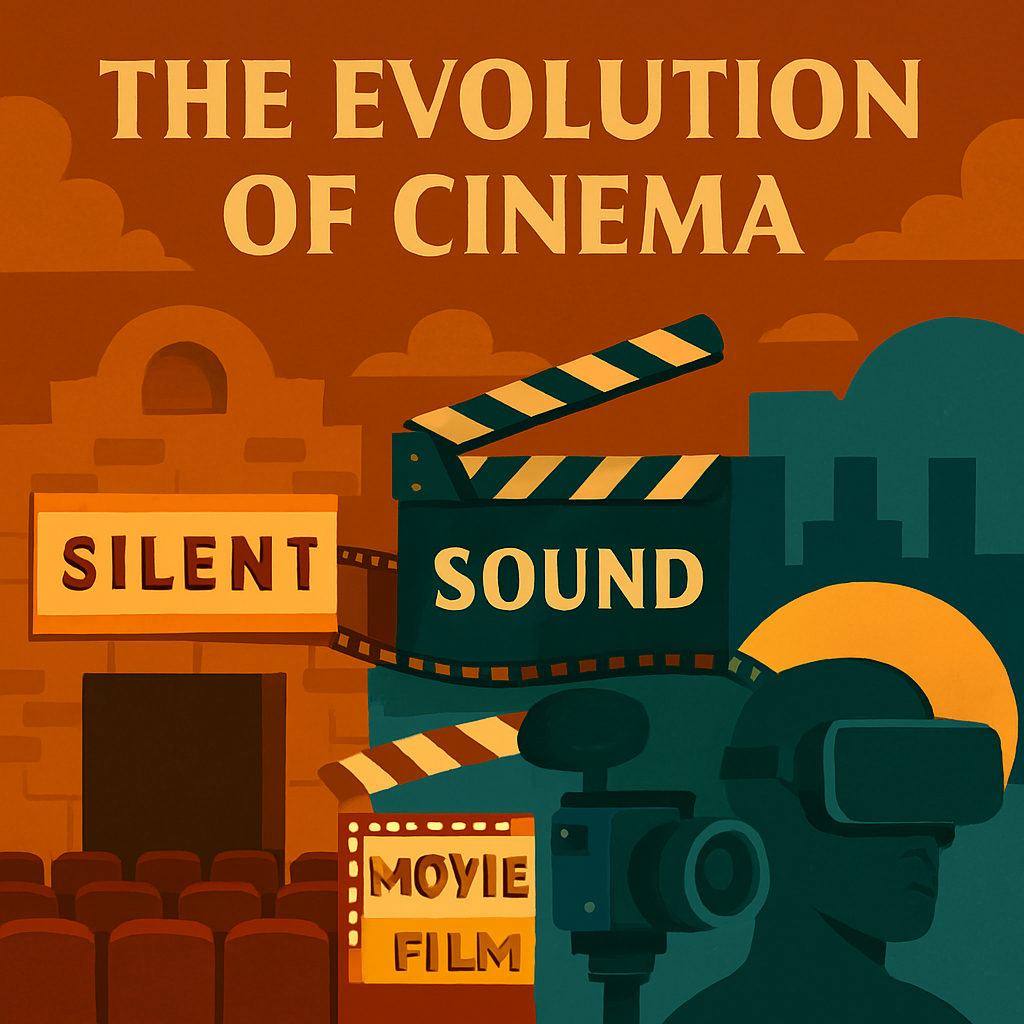
Conclusion – Cinema as Mirror, Memory, and Momentum
Cinema is more than a medium—it is a mirror of our collective psyche, a memory of our cultural evolution, and a momentum toward new ways of seeing and feeling. From the flicker of silent reels to the immersive depth of virtual worlds, film has continually reinvented itself in response to technological shifts, societal upheavals, and artistic revolutions.
Its journey is not linear but layered—each era building upon the last, challenging conventions, and expanding the boundaries of what stories can be and how they can be told. The rise of global voices, ethical production, and immersive formats signals a future where cinema is not just consumed but co-created, not just watched but experienced.
Yet amid all innovation, the essence remains unchanged—cinema is a vessel for empathy, imagination, and truth. Whether projected on a screen, streamed to a device, or rendered in holographic space, its power lies in its ability to connect us—to each other, to ourselves, and to the world we shape.
As we look ahead, the question is not whether cinema will survive, but how it will evolve—and who will guide its transformation. The frame is open. The story continues.
Join the Discussion
Cinema is a living medium—shaped by technology, culture, and imagination. Its evolution reflects our own. What do you think the future holds for film? Will AI redefinefilmmaking, or will human creativity remain irreplaceable? Can immersive technologies deepen empathy, or will they dilute narrative coherence? And how will global voices reshape the stories we tell?
Your perspective matters. Whether you’re a filmmaker, critic, educator, or passionate viewer, the conversation around cinema’s future is richer when it includes diverse insights.
#CinemaEvolution #FilmHistory #FutureOfFilm #GlobalStorytelling #SustainableCinema #ImmersiveMedia #AuteurVision #DigitalDisruption #CinematicPhilosophy #VisualNarratives
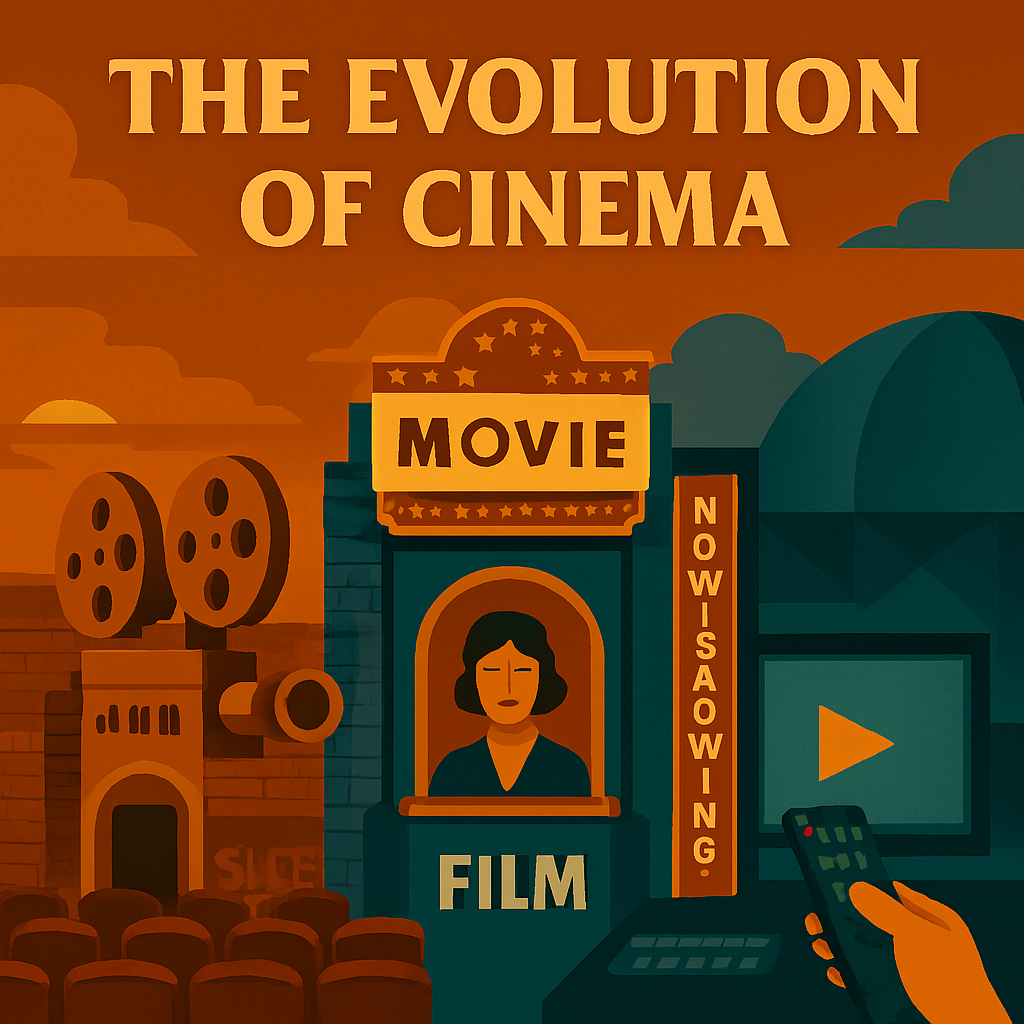



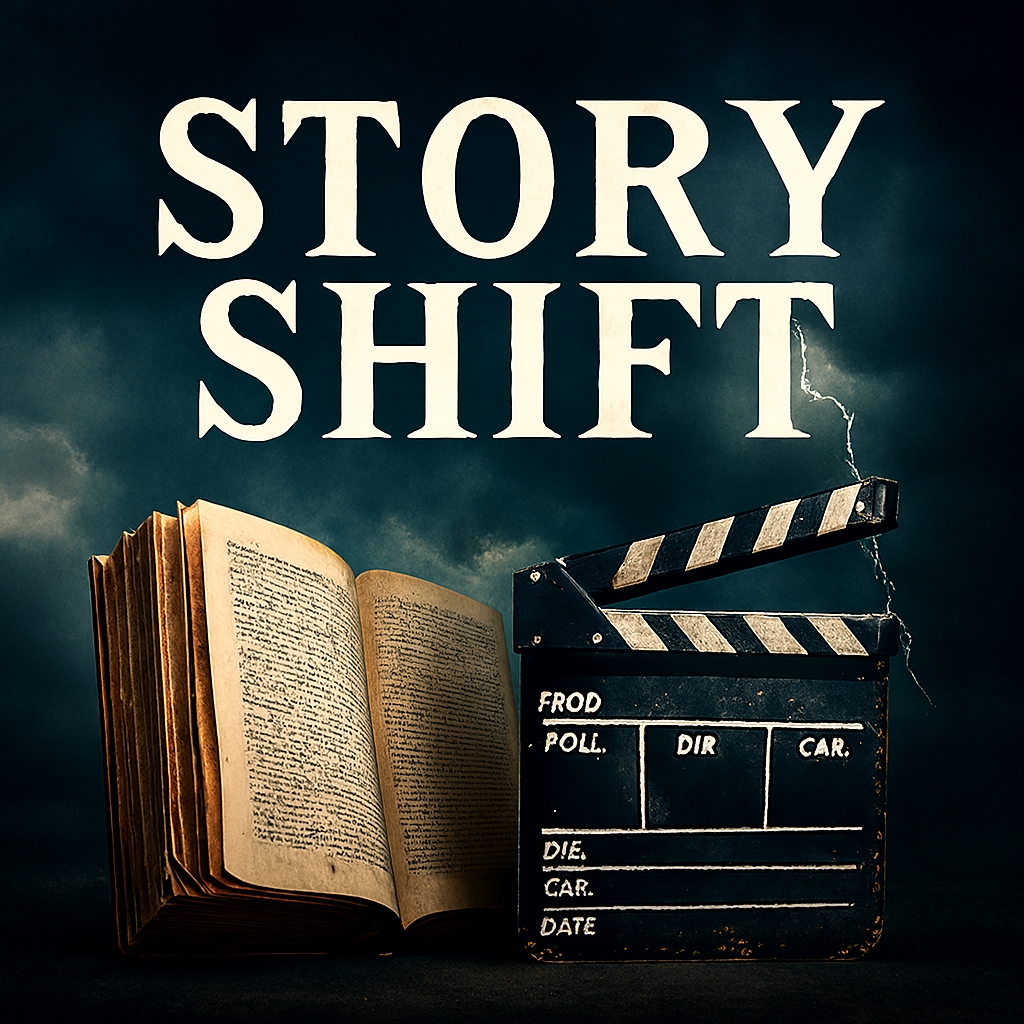
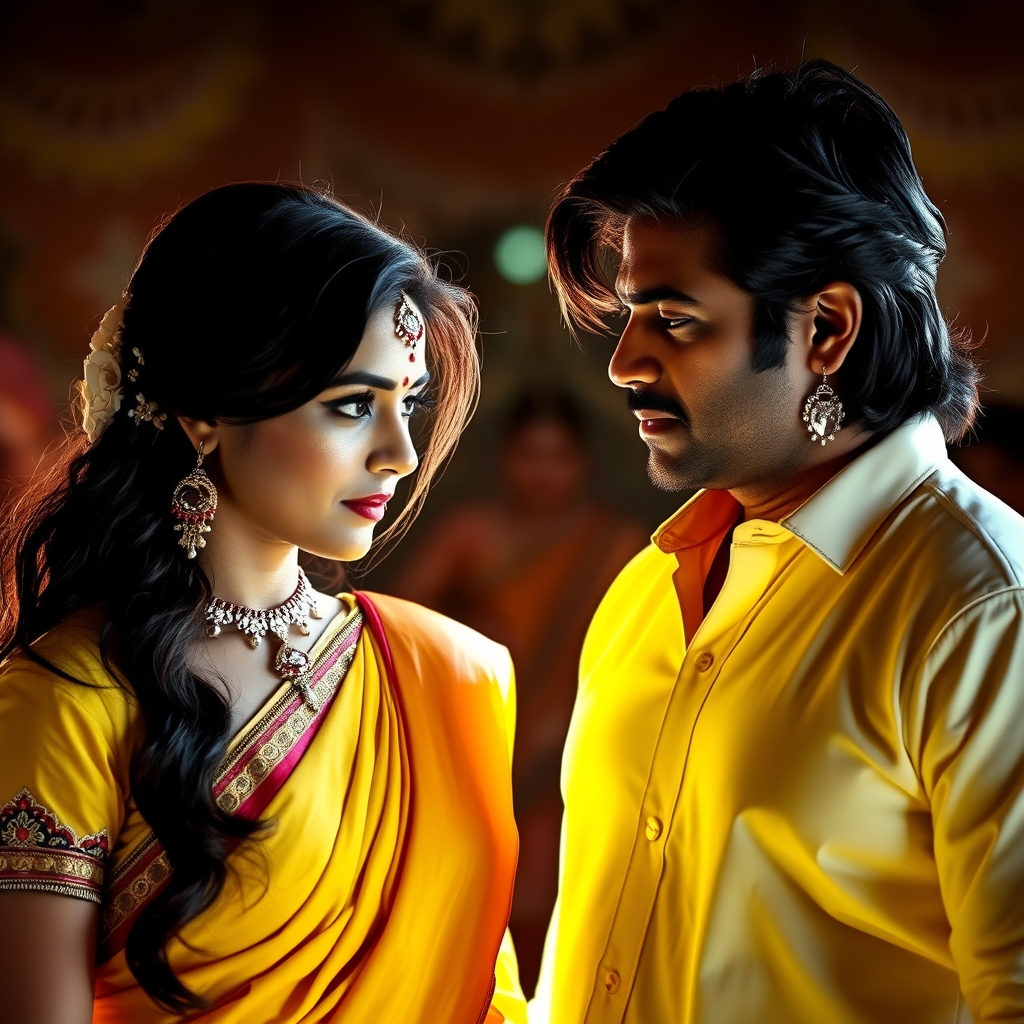


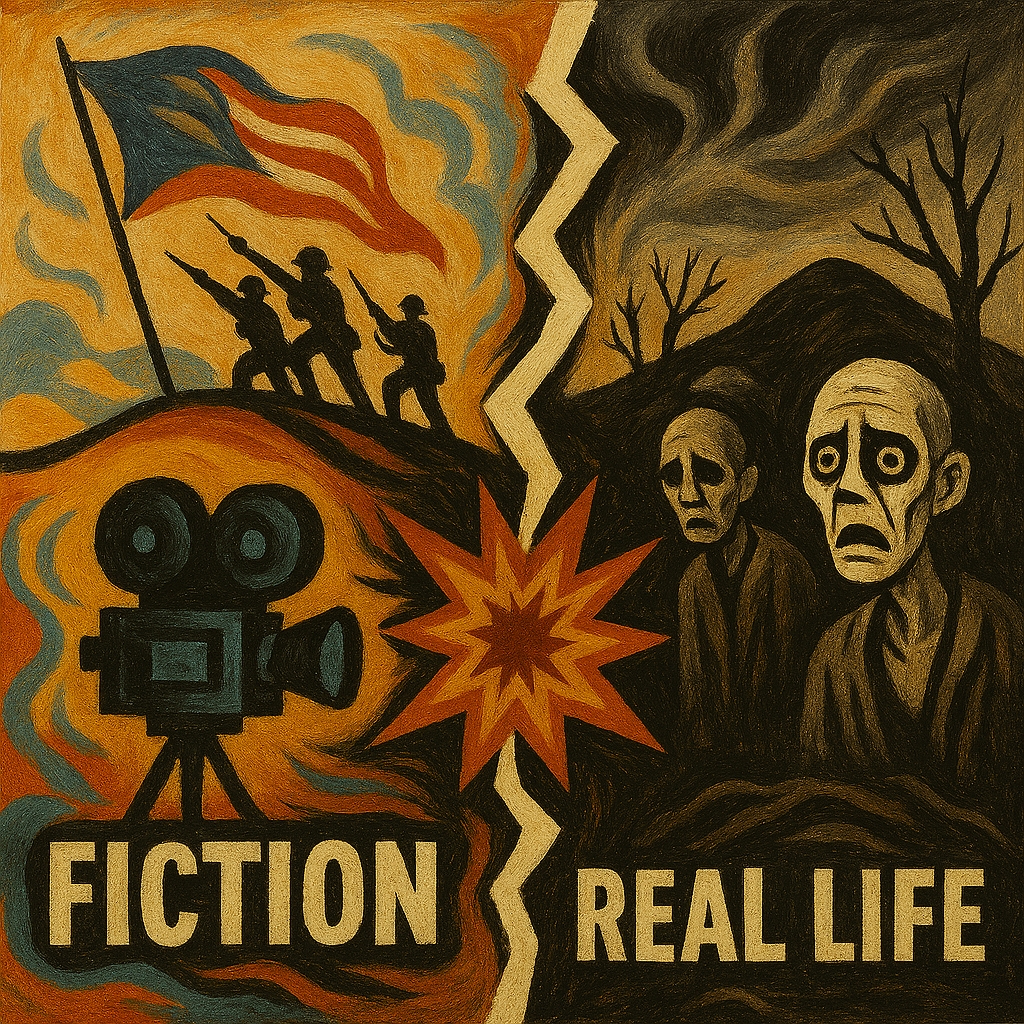
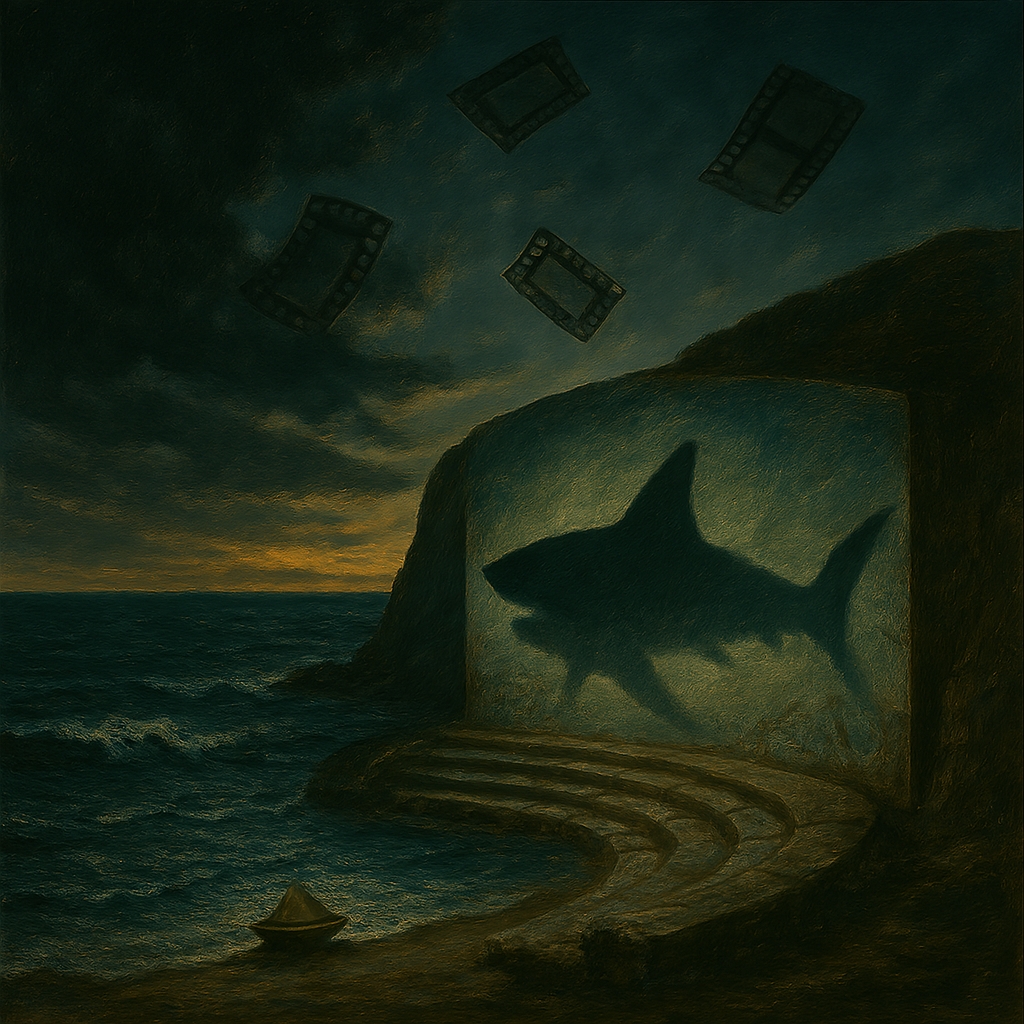




Leave a Reply